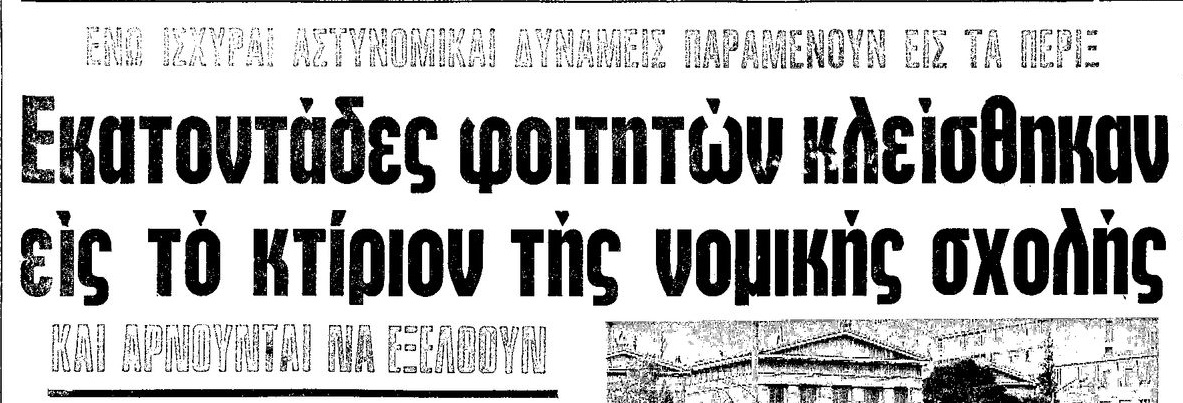
University auditoriums were originally associated with a small elite that could afford to study. Gradually, since a University degree offered far better career prospects as well as social and scientific prestige, a growing number of young people chose to study.
As the University of Athens was still the only University in the country at the time, distinct category of students was created, living mainly in the area of Exarchia. However, the University was still inaccessible to the lower social classes.
This changed in the second decade of the 20th century when lower social strata started entering the University. Leftist ideas found fertile ground within the University, which was transformed into a space of intense ideological ferment and conflict.
In the following decades, while the Greek state was developing and being modernised, more universities and colleges were created, with students now being a steadily dynamic and restless part of society.
In the first years of the dictatorship, the regime immediately targeted the student movement by dissolving student associations, imposing control and arresting students who were considered suspicious because of their ideology, such as members of the Lambrakis Democratic Youth.
After 1970, students in Greece came into contact with the corresponding international student movements and demanded more freedoms. As part of the “liberalization” attempted by the Junta, student elections were held in November 1972 and were won by the pro-dictatorship associations. The blatant phenomena of extensive election fraud led to turmoil.
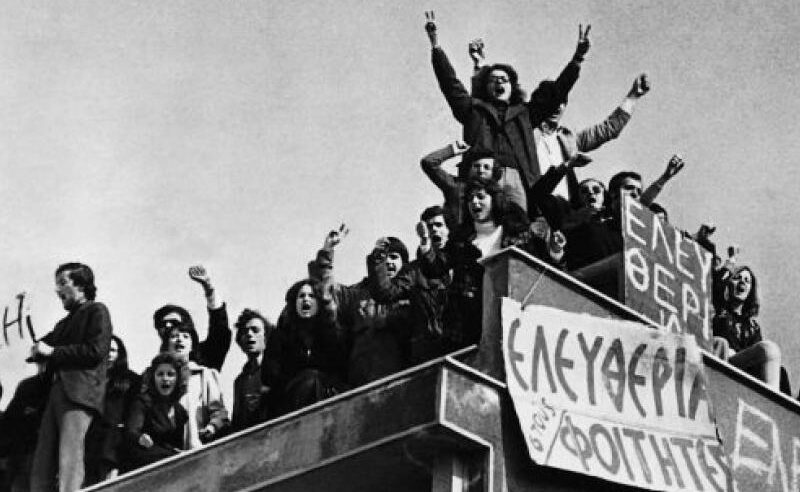
The occupation of the Law School 1973
The junta took full advantage of the decree 1347, according to which the government could revoke the right to military deferment from university students who were not attending their classes. This decision was aimed at countering the abstention from classes that had been decided by the students a week earlier. The conflict culminated on February 21, 1973 when thousands of students occupied the Law School, provoking popular support, with protesters flooding the surrounding streets. The occupation lasted until the next day when they left the building under the cover of the protesters.
On March 20 of the same year, the students occupied once again the Law School. This time, however, the junta proceeded with the violent dispersal of the students, with permission from the university authorities.
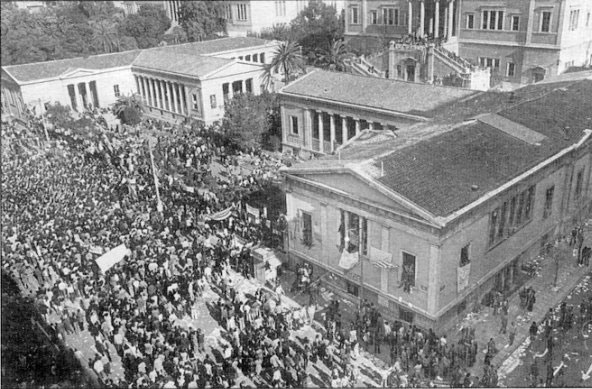
The Polytechnic, 1973
The occupation of the Law School had now given the student movement a clear political character, as it now expressed not only student but also political demands. The events of November 1973 were but the next step…
Sources:
https://www.kathimerini.gr/society/1034905/i-katalipsi-tis-nomikis-scholis/
https://popaganda.gr/stories/sintomi-istoria-tou-fititikou-kinimatos-stin-ellada/
https://www.sansimera.gr/articles/217

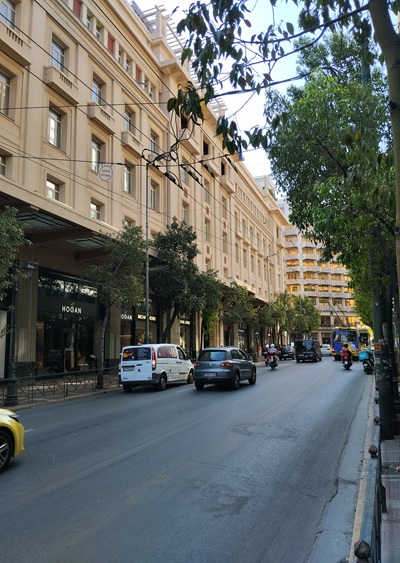

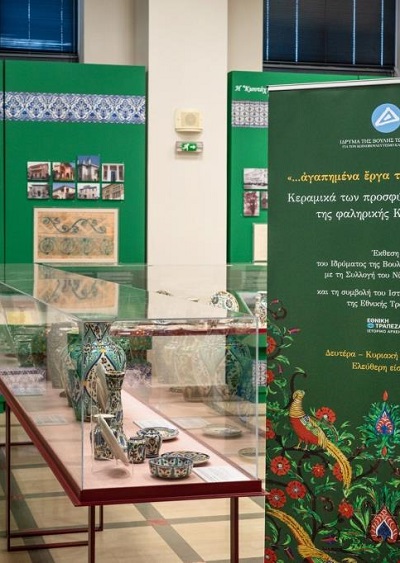



Leave A Comment